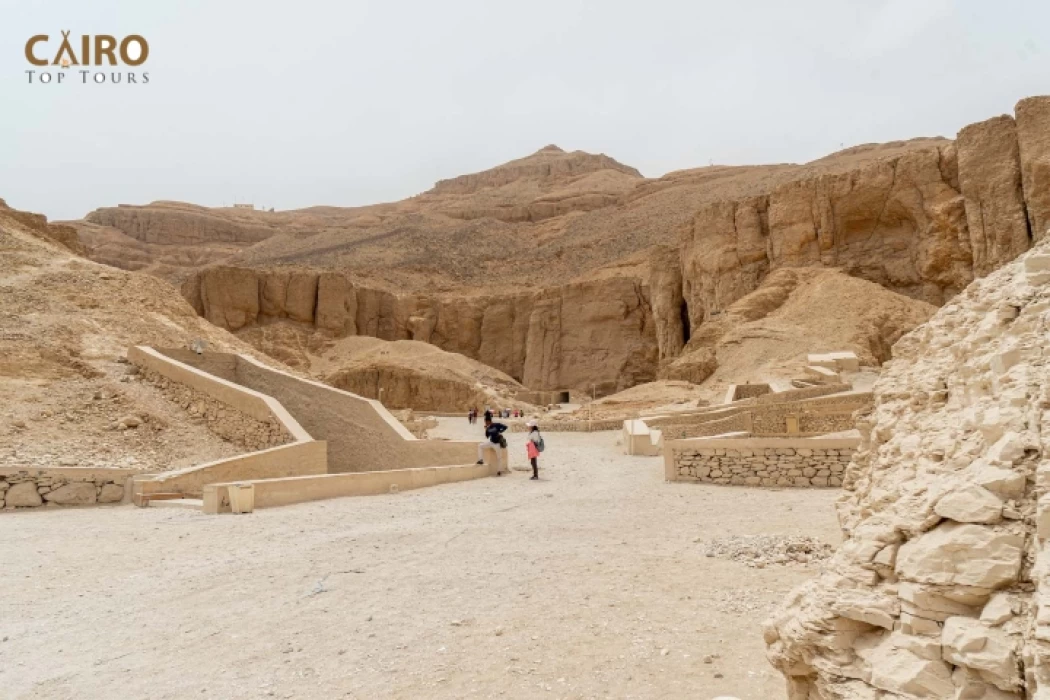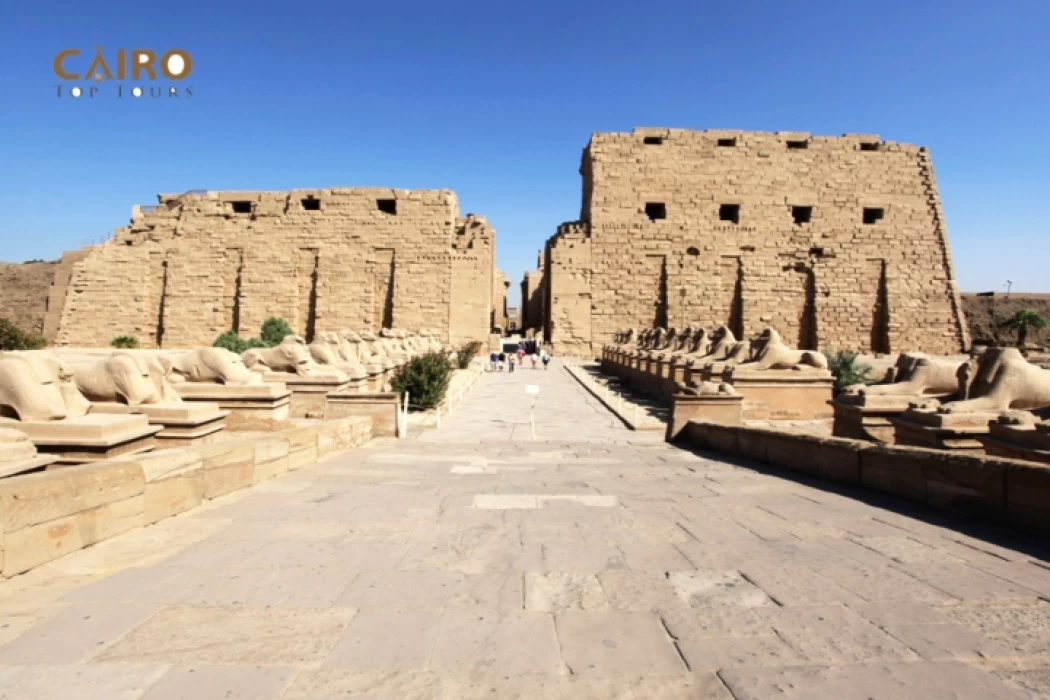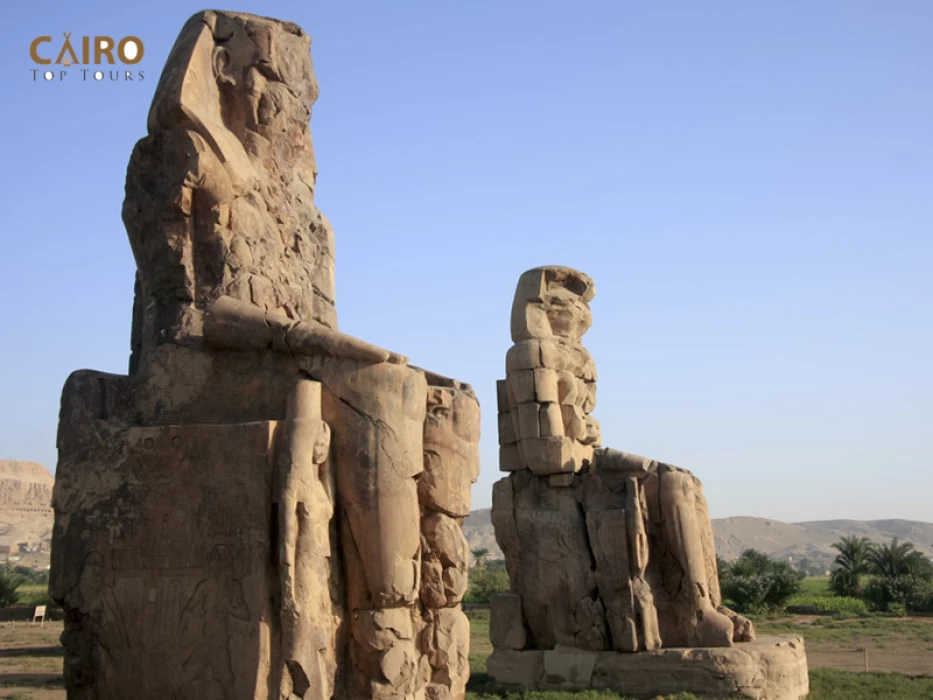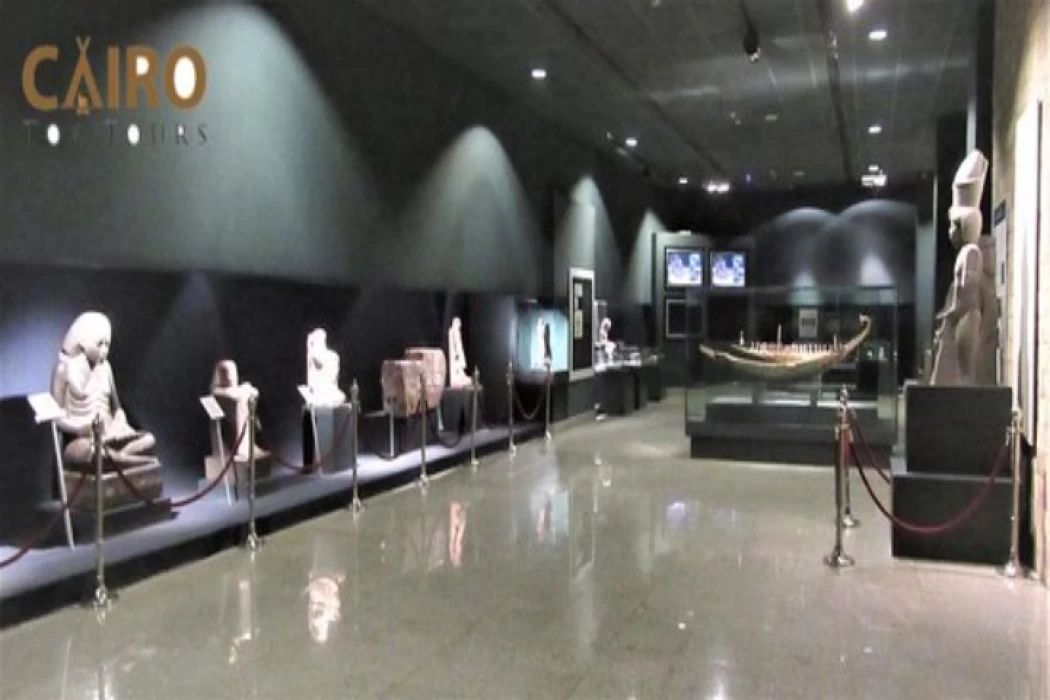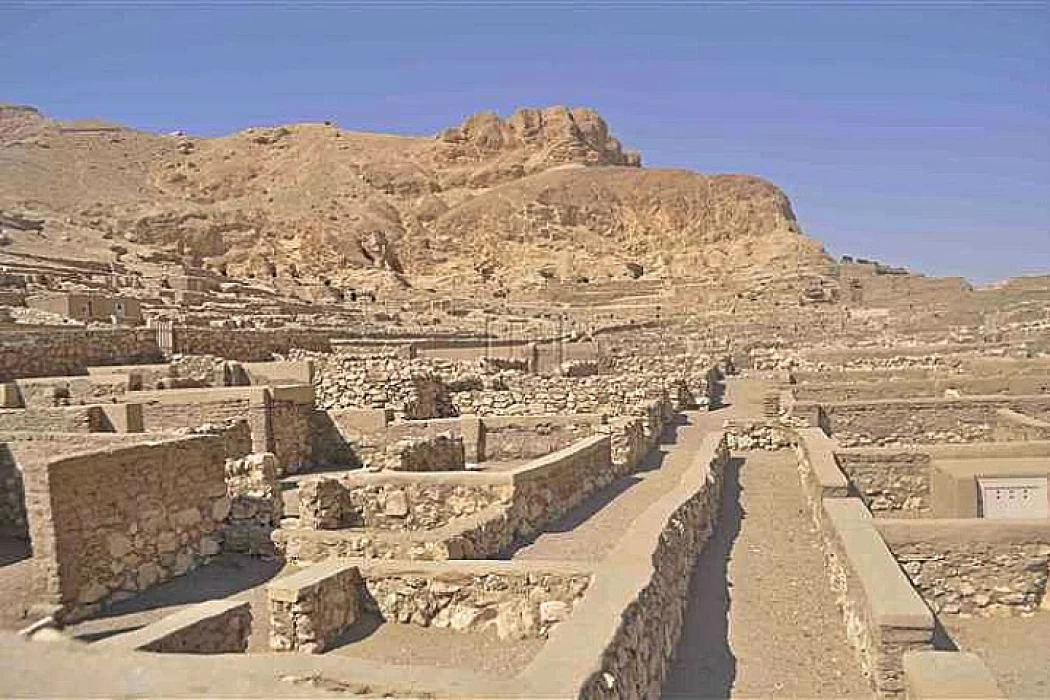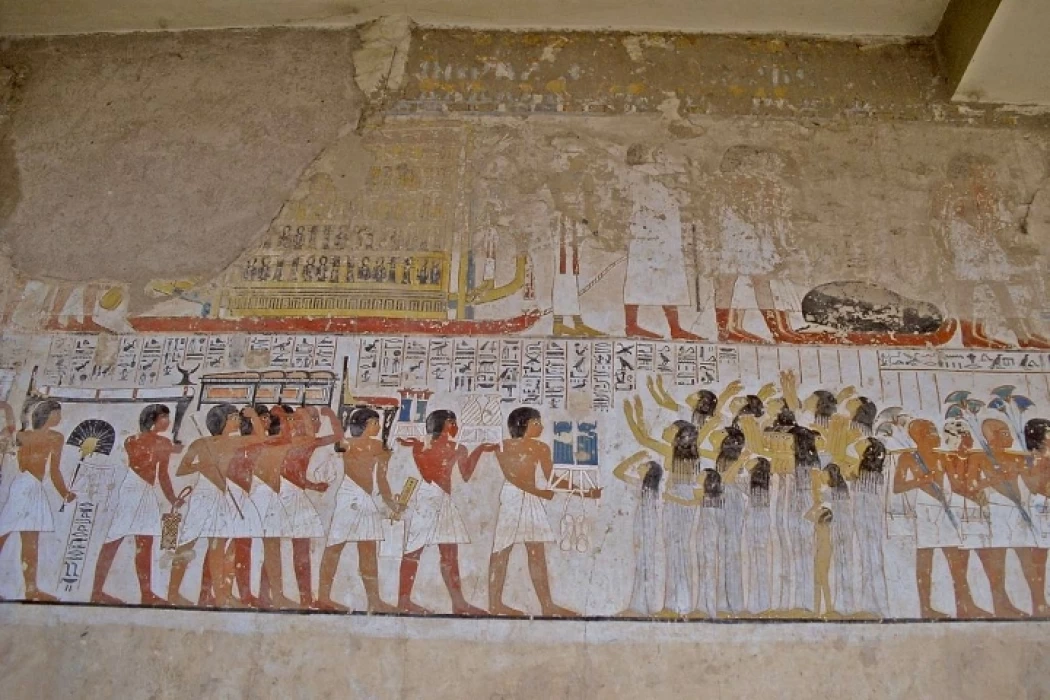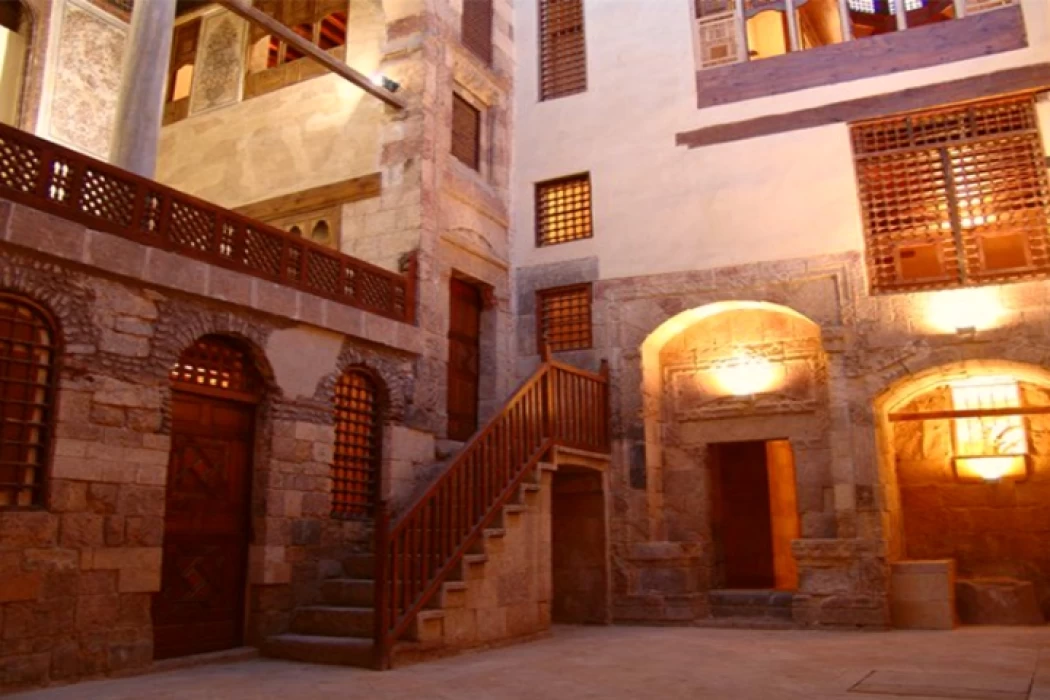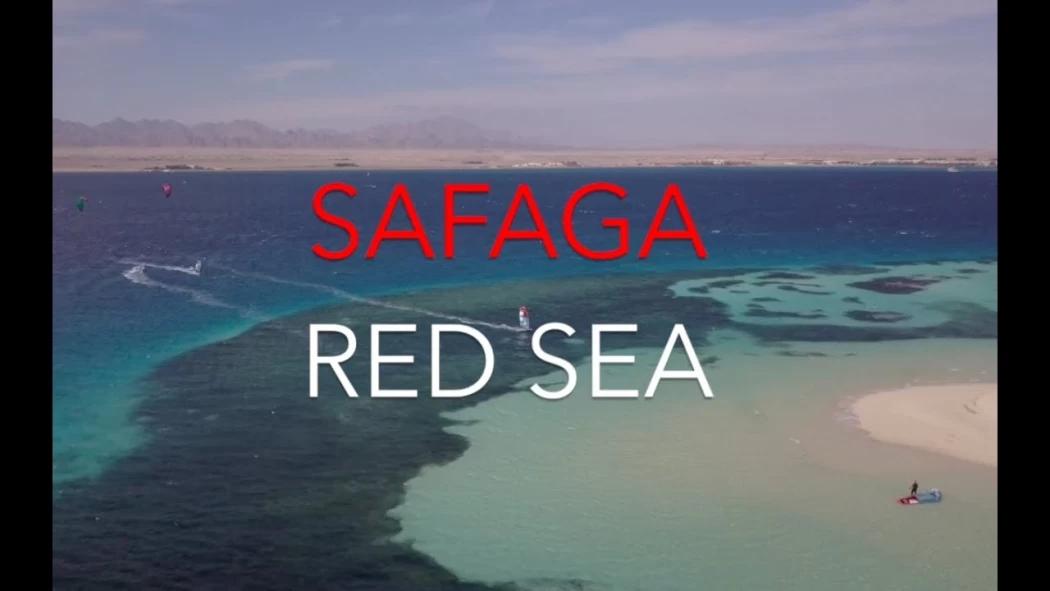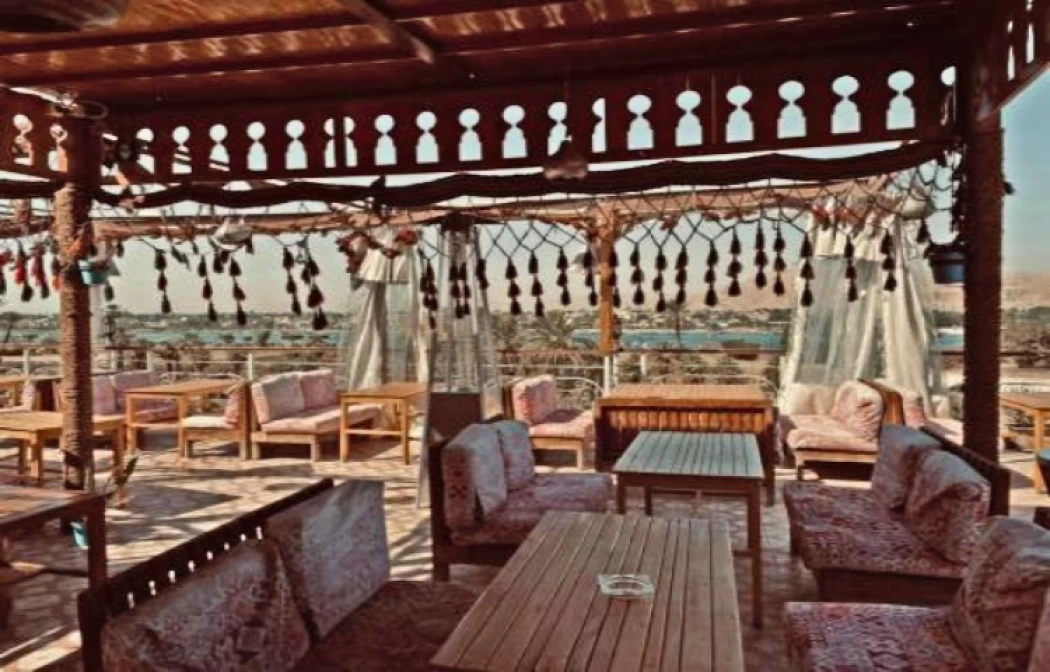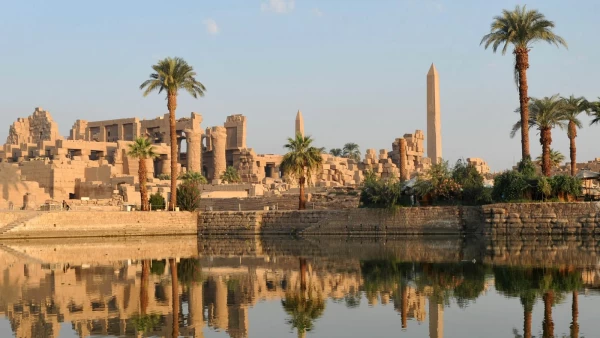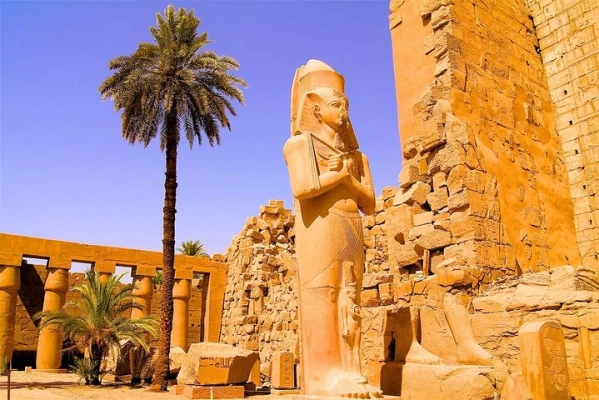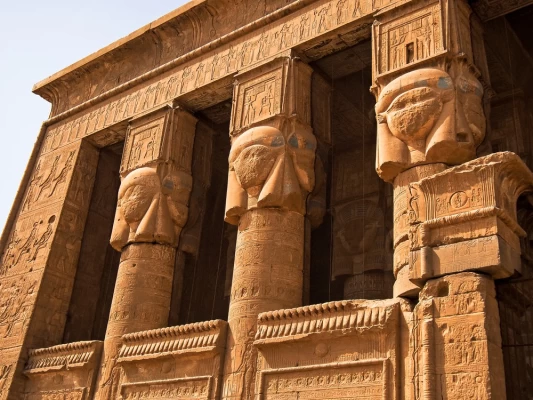Luxor Day Tour from Safaga Port
Overview
Luxor Day Tour from Safaga Port
Visitors can enjoy a tour of Luxor to explore its tourist attractions. Every day, thousands of tourists and locals alike flock to the port to take part in one of the many Luxor day tours that depart from there. Luxor is one of the most popular tourist destinations in Egypt. It is home to some of the most famous archaeological sites in the world, including the Valley of the Kings, the Temple of Karnak, and the Temple of Hatshepsut. A Luxor day tour from Safaga Port is the perfect way to see all of the major sights in Luxor. These tours typically last for around eight hours, and they include stops at all of the major archaeological sites in the area.
This is an incredible day tour that you won't want to miss. Book now and let us show you the sights of Luxor!
Luxor Day Tour from Safaga Port
Visitors can enjoy a tour of Luxor to explore its tourist attractions. Every day, thousands of tourists and locals alike flock to the port to take part in one of the many Luxor day tours that depart from there. Luxor is one of the most popular tourist destinations in Egypt. It is home to some of the most famous archaeological sites in the world, including the Valley of the Kings, the Temple of Karnak, and the Temple of Hatshepsut. A Luxor day tour from Safaga Port is the perfect way to see all of the major sights in Luxor. These tours typically last for around eight hours, and they include stops at all of the major archaeological sites in the area.
This is an incredible day tour that you won't want to miss. Book now and let us show you the sights of Luxor!
Inclusion
- Pick up services from Safaga Port and return back.
- Transportation by a deluxe air-conditioned vehicle.
- Professional English-speaking Egyptologist guide during your Egypt Tours.
- Entrance fees to the mentioned sites.
- Bottle of water and a soft drink during all our Egypt Day Tours.
- Shopping tours in Luxor. (upon request).
- All taxes and service charges of Tours in Egypt.
Exclusion
- Any extras not mentioned in our Egypt Shore Excursions itinerary.
- Tipping is not included during your Luxor Tours from Safaga Port.
- drinking during meals
Itinerary
Cairo Top Tours professional representative will pick you up from Safaga port then we will transfer you to Cairo in a modern and air-conditioned car, As soon as you are in your car, sit back and unwind as your guide walks you through every step you will make on the 3-hour trip to Luxor. Once in Luxor, the head visits the renowned Karnak Temples, the biggest temple complex ever constructed and the best illustration of adoration in human history. Discover the building process for the complex from the start of the Middle Kingdom to the Greco-Roman Kingdom. See the impressive "Hypostyle Hall" inside the complex, which is a breathtaking forest of enormous pillars.
then we will visit The Luxor Temple honors Amun-Ra, Mut, and Khonsu as the Theben Triad. The granite statues of Ramses the Great are located there. Travelers to Luxor must visit these historic monuments.
After lunch, proceed to a nearby restaurant before traveling to the West Bank of the River Nile to see the two enormous sculptures of Amenhotep III (Colossi of Memnon). Visit the famous Valley of the Kings next, where the ancient kings' graves were found. Admire these elaborately designed tombs that are curled deeper into the desert rock and stocked with treasures for the pharaohs' afterlife.
The complex system in the Valley of the Kings is the tomb of Ramesses III, known as KV 11. It is well known that among the magnificent embellishments are colorfully painted recessed reliefs showing Ramses before the gods and ancient ritual texts (such as the Litany of Ra and the Book of Gates). The secular images depicting foreign offerings, such as finely detailed ceramics imported from the Aegean, the royal armory, boats, and, in the final of these side chambers, the blind harpists who gave the tomb one of its alternate names, "Tomb of the Harpers," are unusual in this location.
Continue on to Deir el-Hatshepsut Bahari's Temple. The only female pharaoh, Queen Hatshepsut, is honored in this magnificent temple. In a series of terraces, the temple emerges from the surrounding desert plain and blends into the steep limestone cliffs.
after that we will visit The Mummification Museum in Luxor, which is north of the Luxor Temple on the Nile Corniche, aims to emphasize the methods employed in the ancient Pharaonic art of mummification, which the ancient Egyptians used on a variety of creatures in addition to humans. Return to Safaga Port to finish your excursion.
Price
| Number of Persons | Prices |
|---|---|
| 1 Person | $310 Per Person |
| 2 - 3 Persons | $210 Per Person |
| 4 - 6 Persons | $145 Per Person |
| 7 - 10 Persons | $120 Per Person |
Start from : $120
Check Availability

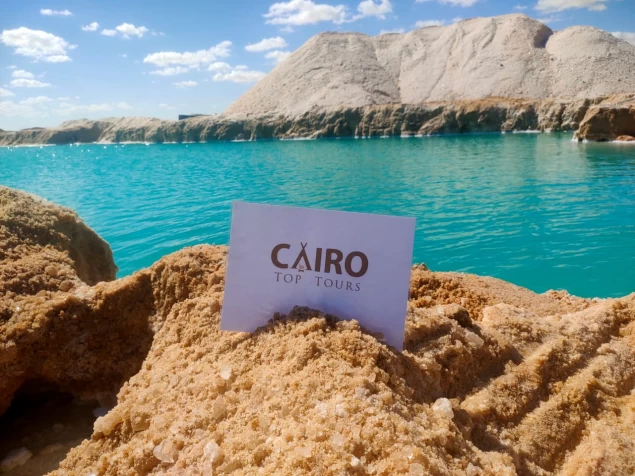
You Also May Like
Looking for something different? check out our related tour now, or simply contact us to tailor made your Egypt tour
Day Tour to Luxor from Safaga Port
You may learn about the wonders of the ancient Egyptian pharaohs by visiting the Valley of the Kings, the temples of Karnak, the temple of Hatshepsut, and the Colossi of Memnon, before returning to Safaga port. Enjoy a great day excursion from Safaga to Luxor to discover Luxor's tourist sites.
2-day Tour to Luxor from Safaga Port
The most breathtaking tourist sights from our Safaga port beach excursions may be seen by taking an overnight cruise from Safaga to the wonderful city of Luxor. Find out about several of Luxor's undiscovered treasures by going to Karnak Temple, the Valley of the Kings, and Hatshepsut's Temple.
Hurghada Snorkeling Trip from Safaga Port
You may go snorkelling in Hurghada and enjoy the pure thrill of diving in the Red Sea from Safaga port. The highlights of this trip will be visiting some of the most breathtaking beach spots in the world and participating in a variety of water sports while viewing countless coral reefs and beautiful fish.
Tour to Dendera and Abydos Temples from Safaga Port
Enjoy our Safaga Excursions as we journey from Safaga Port to Dendera, one of ancient Egypt's most exquisite temples, the temple dedicated to the cow goddess Hathor, as well as the temple of Abydos, which is dedicated to Osiris. and find out more about Egyptian history.
Egypt Trips and Middle East Reviews
Egypt Tours has gained a lot of positive reviews from travelers who praise cheap Egypt tours as reflected in our social media accounts, TripAdvisor reviews, and YouTube videos. Customers love traveling through Egypt with expert guides who remain with them throughout their journey, vividly enlivening each site they visit, from Egypt to the Holy Land.
Egypt Tours is now bombarded with glowing comments and praises from travelers who appreciate our economical tours as seen for themselves on our social media pages, TripAdvisor reviews, and YouTube videos. Traveling through Egypt is just perfect for guests who are accompanied by our expert guides bringing history alive at each site visited by the tourist throughout the journey to the Holy Land.
As you can see from our social media accounts, Trip Advisor, and YouTube videos, Egypt Tours has received a lot of positive feedback from customers who love their low-cost tours of Egypt with our experts who accompany them everywhere in Egypt to show them the history of each site they visit during their tours of Egypt and the Holy Land. As you can see from our social media accounts, and YouTube videos, Egypt Day Tour has received a lot of positive feedback from customers who love their low-cost tours of Egypt with our experts who accompany them everywhere in Egypt to show them the history of each site they visit during their tours of Egypt and the Holy Land.
Egypt Tours FAQ
Read top Egypt tours FAQs
A corner within Luxor is hardly without one of the sights of the Pharaonic era. It is a city with a third of the world's monuments because it has been the capital of the ancient and modern Egyptian Kingdom since 2,000 BC.
These tourist places in Luxor are divided between the east and the western mainland; With the River Nile as the link between them, a source of attraction for tourists to experience river transport on wooden boats and traditional property and visit the Karnak Temple and the Valley of Kings .
Are you ready for the shorter Guy Tour and discover its unique thrill !
You can customize shore excursions with the help of some tour companies to suit your preferences. Ask the tour provider in advance if there are any particular locations or activities you would like to include.
The best times to travel to Egypt are during the fall (September to November) and spring (March to May). During these periods, temperatures are moderate, and the weather is comfortable for exploring tourist attractions.
Yes, Luxor is a famous tourist city known for its important ancient monuments and rich cultural and historical landmarks.
Yes, private tours are available from Safaga Port, you can customize your day trip and have a more excellent experience. These tours often include a guide and private transportation.


Cairo Top Tours Partners
Check out our partners

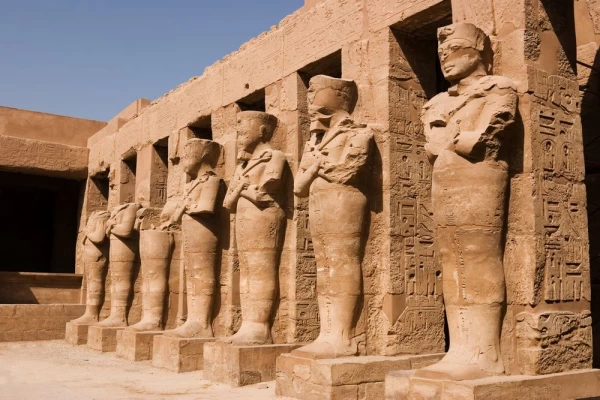
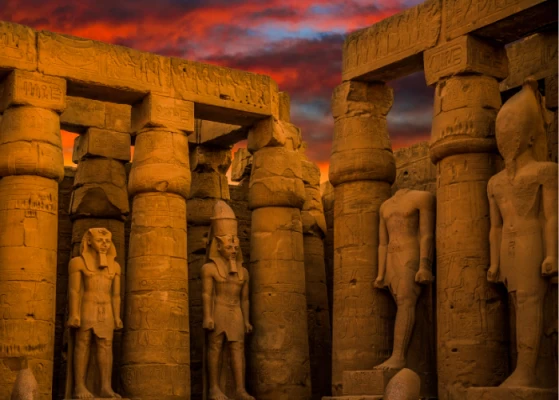
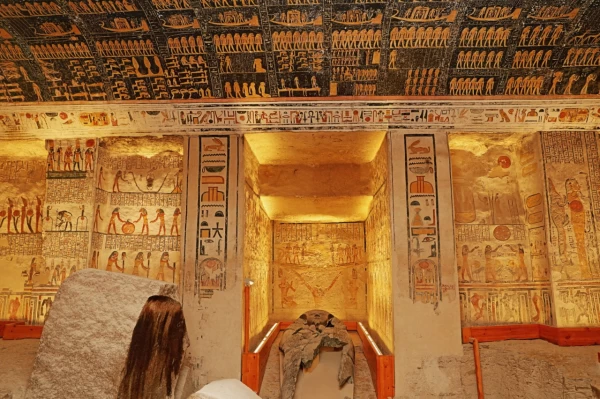
-webp.webp)
